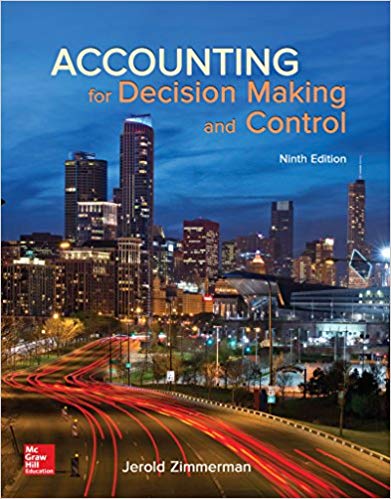Palabora Mining owns and operates a copper mine. Besides producing copper, the mine also produces magnetite, vermiculite,
Question:
Each unprocessed mineral can be sold unprocessed or processed further and sold as a more refined product. The following table summarizes for each of the four minerals the tons per batch, the price per ton if sold after further processing, the price per ton if sold unprocessed, and the additional costs to process further. In other words, all 175 tons of copper can be sold without further processing for $6,200 per ton or it can be sold for $8,000 per ton if further processed. But to process the entire 175 tons of copper that are in the batch costs an additional $383,000.
.png)
Required:
a. Which of the four minerals should be sold unprocessed and which should be processed further and then sold? Provide detailed calculations supporting your recommendations.
b. Based on your decisions in part (a), should Palabora Mining continue to produce batches of the four minerals if each batch costs $680,000? Provide detailed calculations supporting your recommendations.
c. Palabora Mining allocates the $680,000 batch cost to the four minerals based on tons of each mineral in the batch. Prepare a table that allocates the $680,000 batch cost to the four minerals based on tons of each mineral in the batch and the profits (revenues less any costs to process further if the mineral is processed further less allocated batch cost) of each mineral.
d. Which mineral is the most profitable, and which is the least profitable based on your analysis in part (e)?
e. Based on your analyses in parts (a) through (d), what advice would you give to the managers of Palabora Mining regarding processing of each of the four minerals and the current method described in part (c) used to allocate the $680,000 batch cost?
Step by Step Answer:

Accounting for Decision Making and Control
ISBN: 978-1259564550
9th edition
Authors: Jerold Zimmerman





